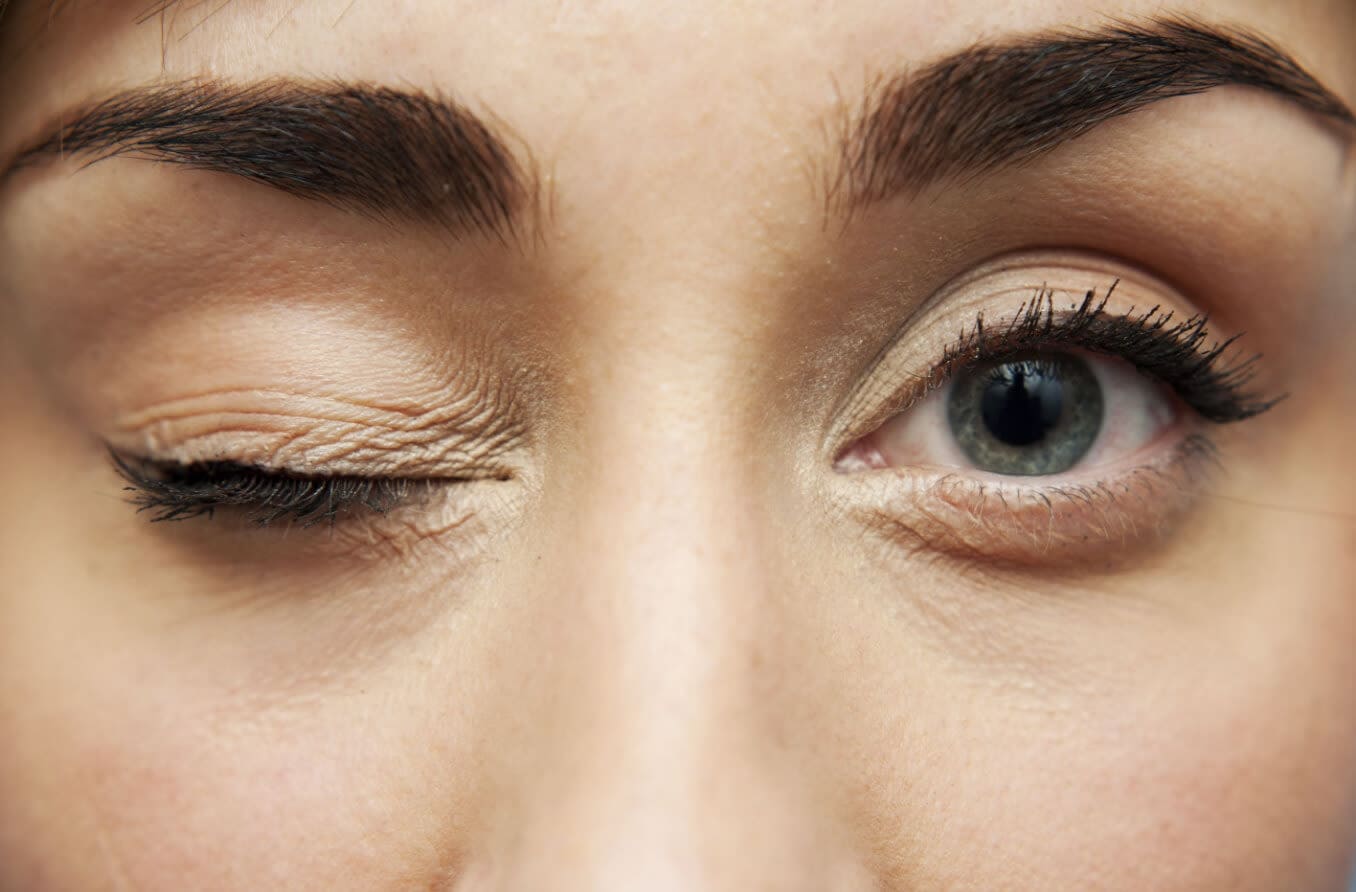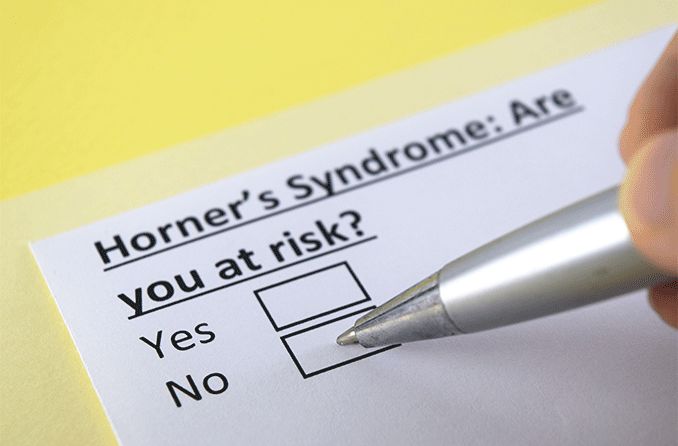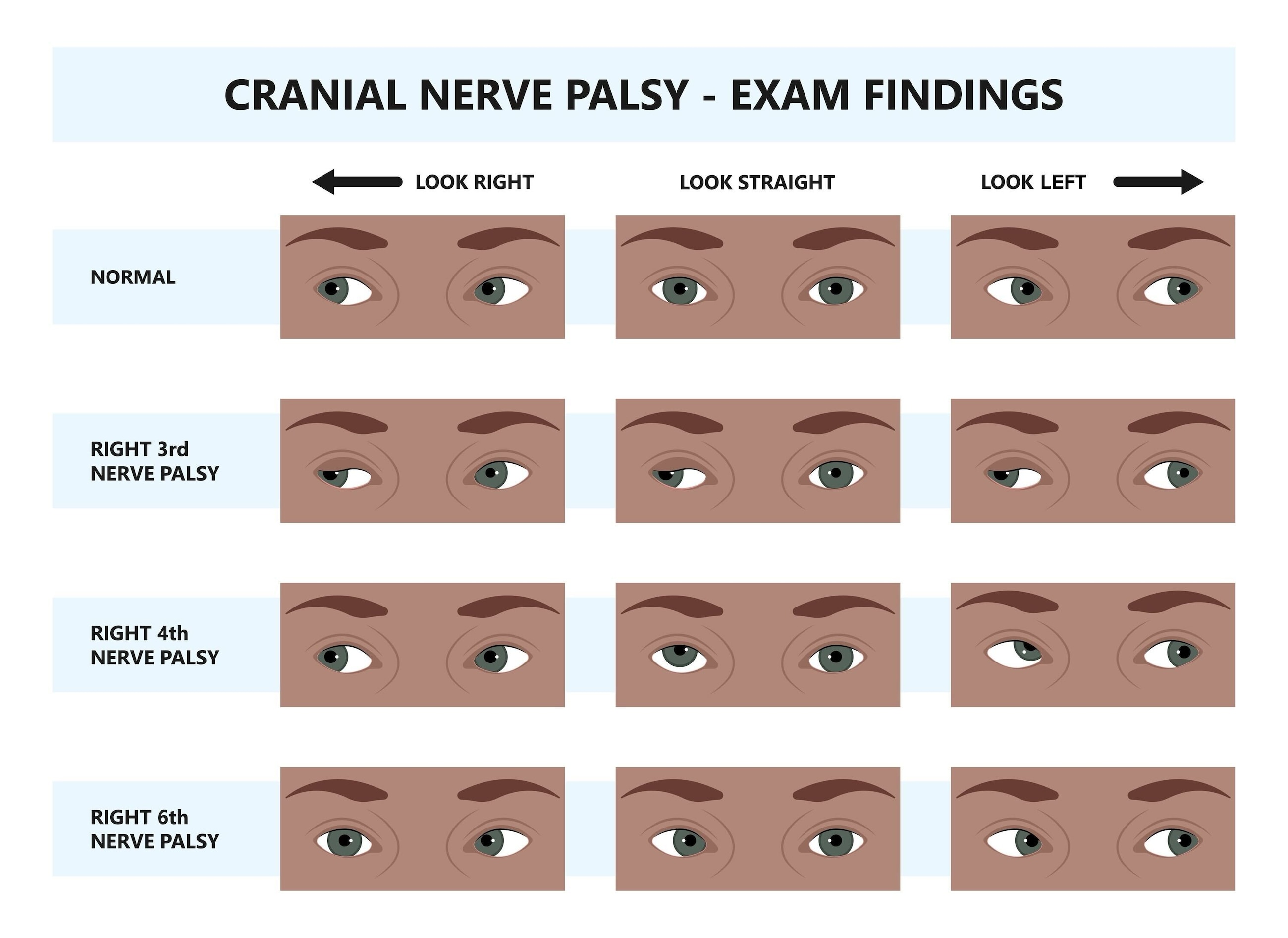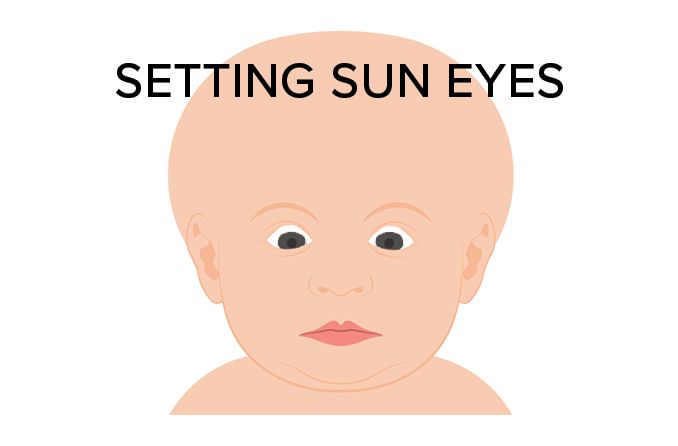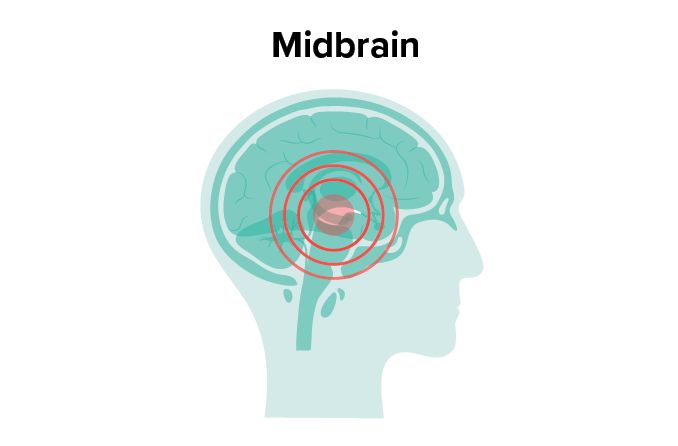What is palinopsia?
Palinopsia derives from the Greek language and translates to "repeated view." Palinopsia occurs when you see a recurring or persisting image, even when the view's stimuli are gone. This phenomenon is different from afterimages. Palinopsia images may appear soon after a visual stimulus has ended or later on.
There are two primary types of palinopsia: illusory and hallucinatory. Both can be caused by a wide variety of conditions.
What is illusory palinopsia?
An illusion occurs when your brain misinterprets an object in the visual environment. Many people are familiar with optical illusions. They can use colors, shapes, sizes and lines to trick the eye into seeing different images or movement.
Illusory palinopsia shares several similarities with optical illusions. Illusory afterimages are usually simple (unformed) and indistinct images of a previous stimulus. Examples of illusory palinopsia afterimages include:

- An object or bright light leaving a long trail behind, like a comet.
- A bright light or object leaving behind a simple afterimage, like a computer screen.
These visual trails can be continuous or broken up. Illusory palinopsia afterimages are created by immediate environmental factors.
What is hallucinatory palinopsia?
A hallucination is a sensory experience that happens without an actual stimulus. It can be a sight, taste, smell, sound or touch.
Many people think of hallucinations as “seeing something that isn’t there.” These images can be simple or complex (formed). Colors, lines and shapes are examples of simple images. Complex images include specific objects, scenes, people or animals.
Hallucinatory palinopsia gets its name from hallucinations. This subtype of palinopsia causes someone to see a previous image, even after the stimulus has gone. These afterimages are generally formed and high-resolution, but they can still vary.
Examples of hallucinatory palinopsia images include:
- A short-lasting action that replays as a scene, like someone throwing a ball.
- An object or feature that looks like it is laid on top of another person or object.
- Seeing an identical copy of a previously viewed object that is fixed in your line of sight.
Hallucinatory afterimages usually only last a short time (seconds or minutes). Sometimes, though, they can linger for hours.
Palinopsia is sometimes confused for physiological afterimages. But a fundamental difference between the two is that palinopsia causes positive afterimages.
SEE RELATED: Alice in Wonderland syndrome

What are positive afterimages?
An afterimage is a previously seen stimulus that seems to reappear after the stimulus has gone away. There are two main types of afterimages: positive and negative.
Positive afterimages keep the same colors of the original stimuli image.
With negative afterimages, it is the other way around. Negative afterimages cause you to see inverse (opposite) colors.
An example of a negative afterimage is the dark spot in your vision after your eyes absorb the bright light of a camera flash. This is known as a physiological afterimage.
FURTHER READING: How afterimages play tricks on your eyes
What causes palinopsia?
Both illusory and hallucinatory palinopsia can be caused by a wide variety of conditions. Their causes range from migraine to stroke to intoxication or other environmental factors.
Our nerve cells use neurotransmitters to send messages to one another. Neurotransmitters like dopamine help the body regulate responses to sensory information, like sight. For this reason, neurotransmitters are sometimes called a “chemical messenger.”
The cells of the body are not able to communicate well when there are disruptions in the neurotransmitter receptors. These disruptions can lead to migraines, depression and other health effects. Illusory palinopsia has been associated with disruptions in neurotransmitter receptors.
Some other causes of illusory palinopsia include head trauma and medication side effects. Illusory palinopsia is also associated with migraine.
Hallucinatory palinopsia is often related to problems with visual memory. In patients with hallucinatory palinopsia, these problems can be caused by seizures or brain lesions. Hemorrhages, atrophy, aneurysms and abscesses are types of brain lesions.
Metabolic imbalances typically play a role in palinopsia-causing seizures. These can include hyperglycemia, ion channel disturbances and carnitine deficiency.
SEE RELATED: Migraine aura: What you need to know
How is palinopsia diagnosed?
Palinopsia can be caused by a wide variety of factors or illnesses. You will need to schedule an appointment with a trained eye doctor if you notice any signs of the condition. Some ways palinopsia can be diagnosed include:
- Medical history evaluation
- Visual field testing
- Brain imaging, such as MRI
Hallucinatory palinopsia is typically associated with more severe neurological conditions. Someone with a medical history or recent diagnosis of hallucinatory palinopsia may need to see a specialist.
In these cases, they would be referred to a neurologist or neuro-ophthalmologist. This way, they can get specialized care. An MRI may also be helpful to assess the health of the brain.
Conditions that can be easily confused for illusory or hallucinatory palinopsia include:
- Diplopia
- Polyopia
- Physiological afterimages, like what a person sees after a bright camera flash
Visual snow can also be observed with palinopsia. This is a visual syndrome that can cause tiny flickering dots to appear in someone’s line of sight.
What are the treatment options for palinopsia?
Treatment for palinopsia will depend on its cause and type. Illusory palinopsia can be treated with medications that reduce the excitability of neurons. Wearing sunglasses and contact lenses can also reduce some signs of illusory palinopsia.
Treating migraines will also fix palinopsia in some people. However, it’s only effective for those who see illusory afterimages with their migraines.
Hallucinatory palinopsia can sometimes signal a more serious neurological problem. In these cases, it is important to treat the underlying cause of the palinopsia.
When to see a doctor
Noticing abnormalities in your vision can be alarming. It’s important to share any sight changes you experience with a trained ophthalmologist or optometrist. This is especially true when you’re seeing recurring images. Palinopsia may be a sign of a greater health issue, particularly if it is hallucinatory.
Illusory palinopsia can be distracting but can often be reduced with certain medications. Attending yearly eye exams can help keep your vision in check by monitoring any changes.

